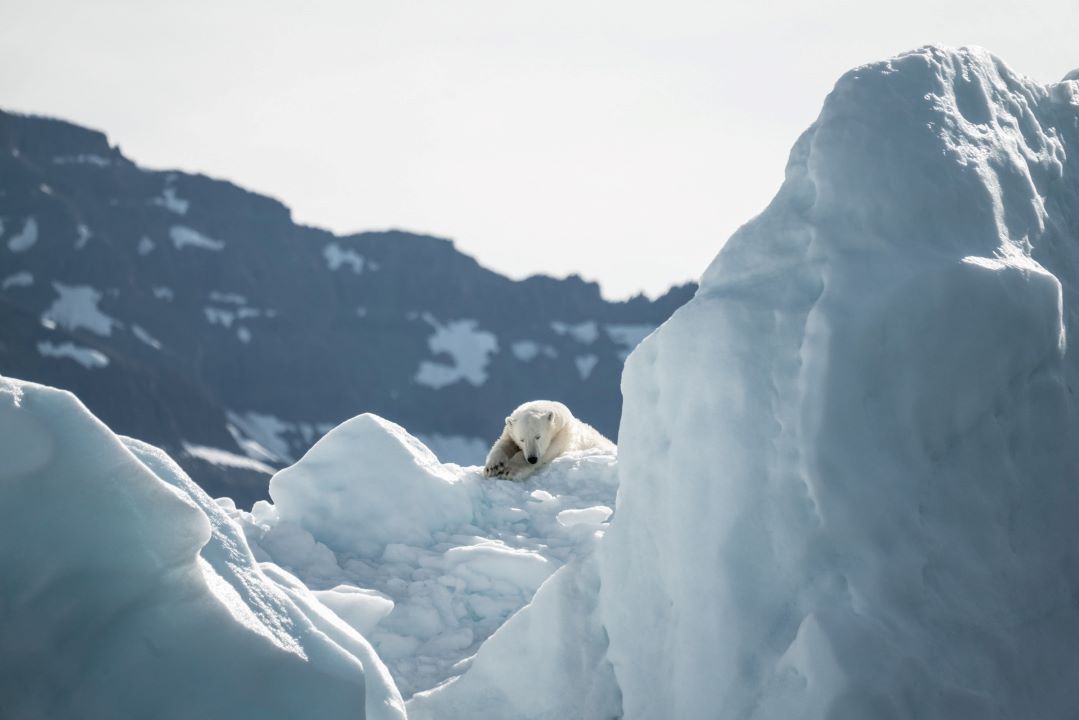Researchers in Greenland have encountered a polar bear population that is different from other relatives. Individuals are smaller, have fewer cubs, and need less ice to survive. Biologists are now trying to determine whether the animals are thriving or surviving.
Isolated Bears in Greenland
A team of scientists found a group of isolated polar bears southeast of the island. The scientists were surprised that this population of several hundred is genetically different and is geographically separated from the others. In addition, it can survive with a lack of ice, which is crucial for polar bears to survive – they hunt seals out of it.

These newly discovered bears are slimmer than other polar bear populations. Females from the isolated area weigh about 185 kilograms, while Arctic bears weigh 199 to 255 kilograms. Biologists have recorded fewer cubs in the new group; the reason may be the isolation and, therefore, not having many mating opportunities.
Genetic analysis showed that this group did not come from a population living northeast of the island. The isolated population has different behaviors. While most polar bears cover about forty kilometers in four days, bears from southeast Greenland cover only ten kilometers in the same period.
Adaptation to New Living Conditions
Researchers have found that when there is a shortage of sea ice in this area of Greenland, these polar bears use freshwater glaciers as a makeshift fishery. Freshwater glaciers are formed from the shrinking Greenland ice sheet.

Even though ice is only a hundred days a year in southeast Greenland, isolated bears can survive here. Generally, these large mammals need sea ice for at least 180 days a year to survive. So if the bears’ ice base for seal hunting disappears, they starve for several months.
These polar bears are adapted to living in an environment that looks like their future. However, this only applies to this specific group. Other Arctic bears don’t have the same options – they don’t have freshwater glaciers.
Biologists have not yet had a chance to look more closely at this group. At the moment, they cannot say whether the polar bear population in south-eastern Greenland has only adapted to new conditions or whether they are indicators of stress and the animals are suffering.
Source: science.org/doi/10.1126/science.abk2793
Featured photo by Hans-Jurgen Mager on Unsplash




